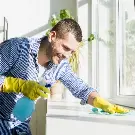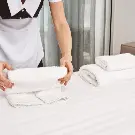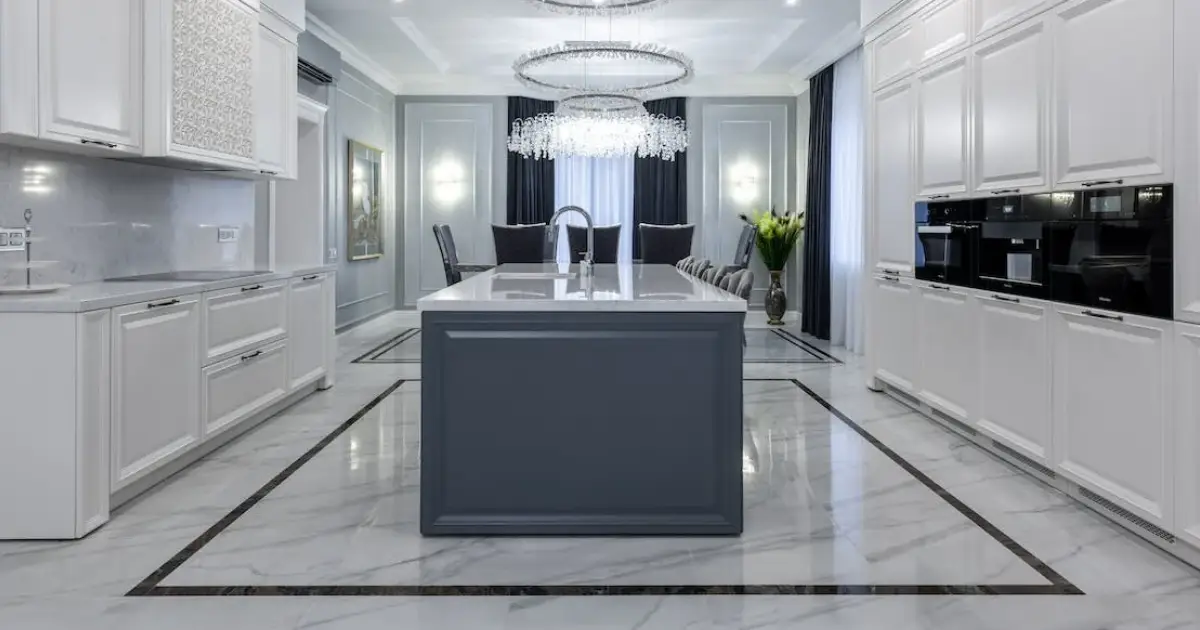
Have you ever walked into a room and been blown away by how stunning the polished tiles looked? Well, if you have, you're not alone! When it comes to improving your space's overall aesthetic appeal, the significance of polishing tiles cannot be overstated. Shiny and well-maintained tiles can significantly improve any space, including your home, office, or other location. According to a study by the Tile Council of North America, polished tile requires less cleaning and upkeep than unpolished tile. Therefore, it serves more purposes than just aesthetics and aids in maintaining a tidy home.
Importance of sweeping or vacuuming before polishing
Before you begin the polishing process on any type of tile, it's crucial to sweep or vacuum the area thoroughly. This step removes loose dirt, dust, and debris from the surface, ensuring that you don't grind or scratch the tiles during the polishing process. Failure to do this can result in a less effective and potentially damaging polishing job. For a detailed guide on keeping your tiles in top condition, check out our Tile Cleaning Tips.
The risks of buffing debris into tiles
Buffing debris into tiles can lead to scratches, scuffs, or uneven polishing results. When you buff over dirt or debris, the abrasive action can embed these particles into the tile's surface, causing permanent damage. It's essential to start with a clean surface to achieve the best polishing outcomes. For insights on achieving a lustrous finish, visit our blog on How to Make Floor Tiles Shine.
Polishing Porcelain Tiles
Porcelain tiles are made from dense clay fired at high temperatures, making them durable and water-resistant. They come in various styles, including glazed, unglazed, and polished porcelain. The polishing process is typically used on glazed porcelain tiles to enhance their shine. Discover the Best Way to Clean Ceramic Tile for more detailed instructions.
Recommended cleaning solutions and practices
Use a mild detergent or a specialized porcelain tile cleaner to remove surface dirt and stains. Avoid harsh chemicals or abrasive scrubbers that can damage the glaze. Rinse thoroughly with clean water and allow the tiles to dry completely before polishing. For regular maintenance, follow our Checklist to Keep Floor Tile Shining.
Tools and materials required
- Porcelain tile cleaner
- Soft mop or microfiber cloth
- Buffing machine with a polishing pad
- Protective gear (gloves, goggles)
- Clean, dry towels
Step-by-step polishing procedure
- Clean the porcelain tiles using a porcelain tile cleaner and a soft mop or microfiber cloth.
- Rinse the tiles with clean water and allow them to dry completely.
- Attach a polishing pad to the buffing machine.
- Apply light pressure and move the machine in circular motions over the tiles.
- Keep the machine moving at a consistent speed to avoid creating uneven spots.
- Continue buffing until the desired level of shine is achieved.
- Clean the tiles once more to remove any polishing residue.
- Inspect the tiles for any missed spots or imperfections.
Polishing Ceramic Tiles
Ceramic tiles are made from clay and are less dense than porcelain. They come in various colors and patterns and are commonly used for flooring and walls. Unlike porcelain, ceramic tiles are typically glazed. The importance of avoiding soap-based cleaners is highlighted, as they can leave a residue. Instead, use a pH-neutral ceramic tile cleaner. For more on addressing common issues like scratch marks, read about How to Remove Scratch Marks from Tiles.
The importance of avoiding soap-based cleaners
Soap-based cleaners can leave a residue on glazed ceramic tiles, making them appear dull. Instead, use a pH-neutral ceramic tile cleaner to maintain the tiles' shine without any unwanted buildup.
Materials needed for cleaning and polishing
- Ceramic tile cleaner
- Soft mop or microfiber cloth
- Buffing machine with a polishing pad (optional)
- Clean, dry towels
Procedure to achieve a gleaming finish
- Clean the ceramic tiles using a ceramic tile cleaner and a soft mop or microfiber cloth.
- Rinse the tiles with clean water and allow them to air dry or towel dry.
- If desired, you can use a buffing machine with a polishing pad to enhance the shine further.
- Buff in circular motions, applying light pressure.
- Clean the tiles again to remove any polishing residue and inspect for any missed spots or imperfections.
Polishing Wood Tiles

Wood tiles require special care because they can be more sensitive to moisture and damage compared to traditional hardwood floors. It's important to protect the wood's finish and maintain its natural beauty.
Recommended polish types for wood tiles
Use a high-quality wood floor polish specifically designed for wood tiles. Avoid wax-based products, as they can leave a sticky residue.
How to put on polish to keep it shiny
- Ensure the wood tiles are clean and free from dirt and debris.
- Apply the wood floor polish according to the manufacturer's instructions, using a clean, dry mop or applicator.
- Allow the polish to dry completely. This may take several hours.
- Apply additional coats if desired for a deeper shine, following drying times between coats.
- Regularly clean the wood tiles with a gentle wood floor cleaner to maintain their appearance.
- Avoid excessive moisture or standing water, as this can damage wood tiles over time.
Polishing Stone Tiles
Stone tiles, including granite, are known for their natural beauty and durability. Granite is a popular choice for countertops and flooring. However, it requires special care to maintain its shine.
The importance of avoiding common household cleaners
Avoid using common household cleaners that contain acids or harsh chemicals on stone tiles like granite. These can damage the stone's surface and dull its shine.
Bicarb soda as a polishing solution
You can use a paste made from bicarbonate soda (baking soda) and water as a gentle polishing solution for stone tiles. Apply the paste, scrub gently with a soft cloth, and rinse thoroughly with water. This can help remove stains and restore shine.
Observing tiles for cracks or damage during the buffing process
When buffing stone tiles, it's crucial to inspect the tiles for any cracks or damage. The polishing process may not repair structural issues but can enhance the appearance of the surface. If you notice any significant damage, consult a professional for repairs.
Polishing Marble Tiles
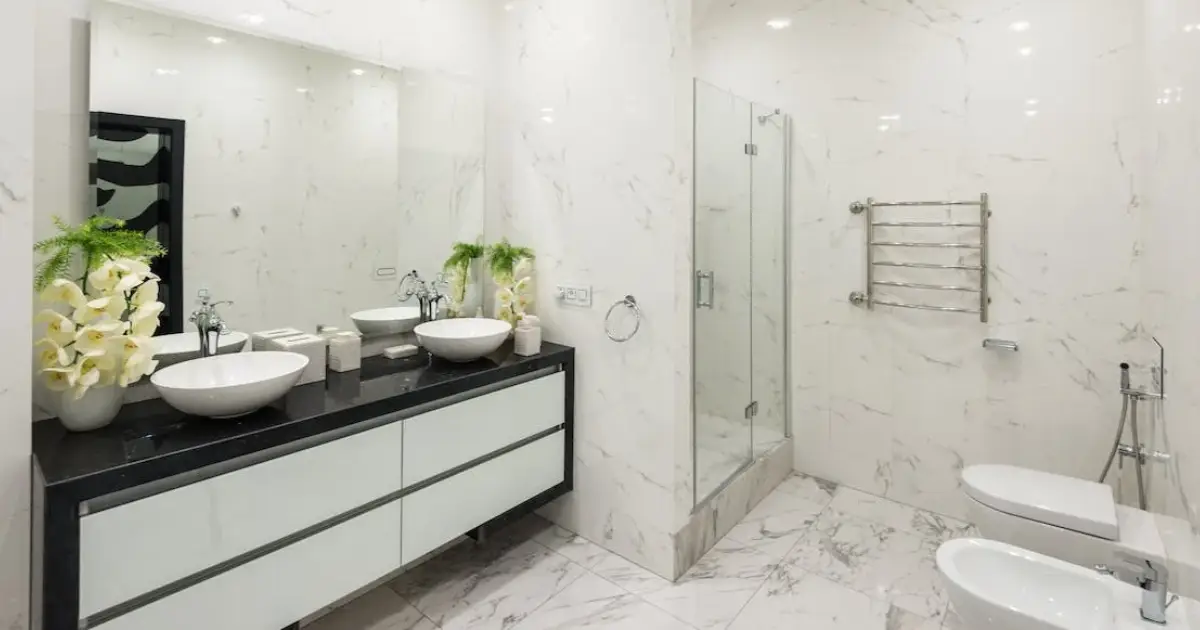
Sensitivity of marble tiles
Marble tiles are stunning but relatively soft and porous. They can be sensitive to acidic substances and abrasive cleaners, so care is essential during cleaning and polishing.
Recommended methods for achieving sheen
To achieve a polished sheen on marble tiles, it's often best to hire a professional who specializes in marble restoration. They have the expertise and equipment to avoid damage while enhancing the marble's natural beauty.
Precautionary measures
- Use a pH-neutral, non-abrasive marble cleaner for routine maintenance.
- Wipe up spills promptly to prevent staining.
- Avoid placing hot items directly on marble surfaces.
- Use coasters under glasses to prevent etching from acidic beverages.
- Regularly seal marble tiles to protect them from moisture and stains.
Polishing Glass Tiles
Polishing glass tiles is relatively straightforward. You can achieve sparkle with a mixture of water and white vinegar. Mix equal parts water and vinegar in a spray bottle and lightly mist the glass tiles. Wipe them clean with a lint-free microfiber cloth or paper towels to reveal their natural shine. Avoid using abrasive or acidic cleaners that can scratch or etch the glass.
Tools and materials required
- Spray bottle
- White vinegar
- Water
- Lint-free microfiber cloth or paper towels
Polishing procedure
- Mix equal parts water and white vinegar in a spray bottle.
- Spray the glass tiles lightly with the mixture.
- Use a lint-free microfiber cloth or paper towels to wipe the tiles clean.
- Polish the tiles in a circular motion until they shine.
- Ensure that there are no streaks or residue left behind.
Tile Floor Maintenance
The importance of regular cleaning and polishing for tile longevity
Regular cleaning and polishing are essential for maintaining the longevity and appearance of tile floors. Over time, dirt, grime, and stains can accumulate, dulling the tiles and grout. Proper maintenance helps prevent deterioration and extends the lifespan of your tiles.
Procedures for removing grout haze, especially on new installations
Grout haze can be challenging to remove, especially on newly installed tiles. You can use a grout haze remover or a mixture of water and vinegar to clean the haze. Scrub the affected areas with a soft brush, rinse thoroughly, and dry the tiles. Repeat as necessary until the haze is gone.
Frequency and methods for regular cleaning
Regularly sweep or vacuum tile floors to remove loose dirt and debris. For routine cleaning, use a pH-neutral tile cleaner and warm water. Mop the floor using the cleaner solution and a soft mop or microfiber cloth. Avoid excessive water, as it can seep into grout lines and damage them.
Precautions against abrasives
Avoid using abrasive cleaners or scrubbers on tile floors, as they can scratch or damage the tiles' finish. Additionally, steer clear of acidic cleaners on natural stone tiles, as they can etch the surface.
Practical tips to minimize dirt and maintain cleanliness
- Use doormats at entrances to trap dirt and prevent it from being tracked onto tile floors.
- Place furniture gliders under heavy pieces to avoid scratching.
- Promptly clean up spills to prevent staining.
- Consider sealing grout lines to protect against moisture and stains.
Takeaway
Well-maintained tiles not only enhance the beauty of your surroundings but also contribute to a healthier and cleaner environment. Regular cleaning and polishing of tiles are investments in their longevity and overall appeal. By following proper cleaning procedures, you can extend the life of your tiles and keep them looking their best.
We encourage readers to consider professional cleaning services for expert tile care and maintenance. Professionals have the knowledge, experience, and specialized equipment to tackle even the most stubborn stains and restore the shine to your tiles. This proactive approach ensures that your tiles continue to enhance your living or working space for years to come. Don't wait until your tiles are severely damaged or stained; invest in their care and enjoy the lasting benefits of well-maintained tiles.
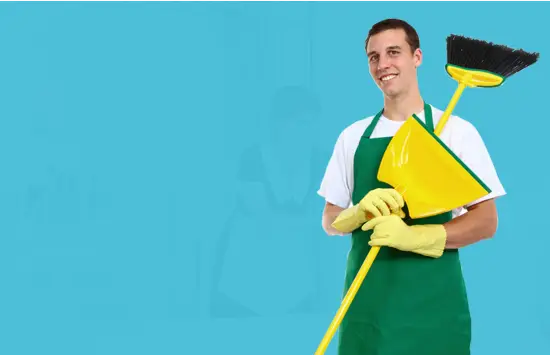
Professional Cleaning Services in Brisbane
book now
Recent Posts
-
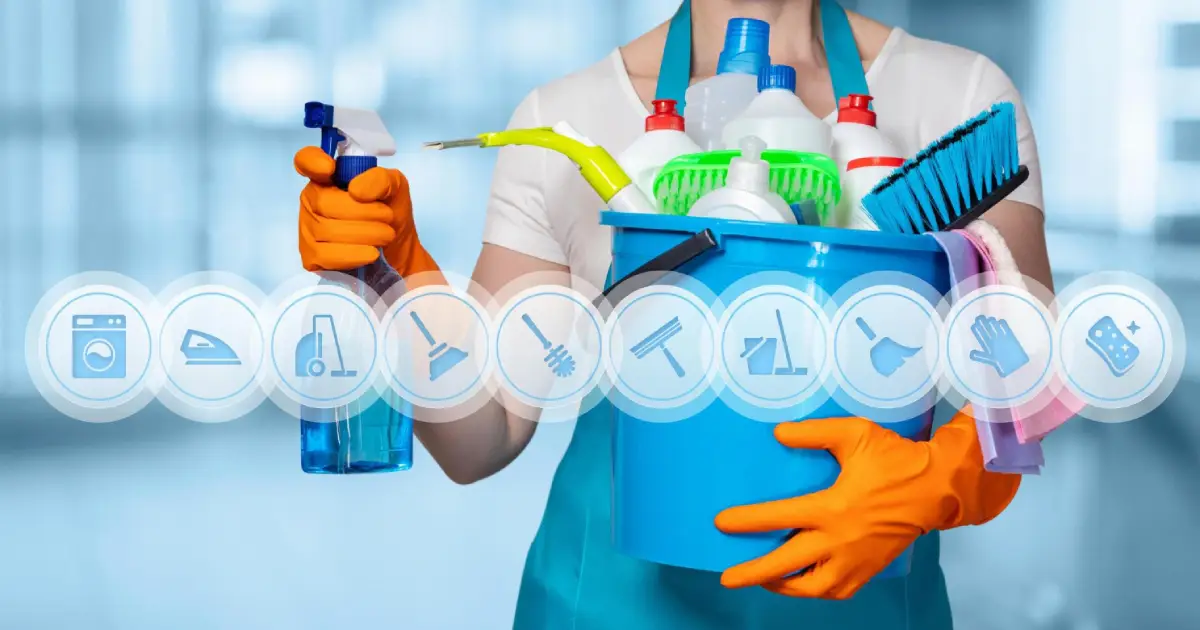
Top 10 Bond Cleaning Tips to Ensure You Get Your Full Deposit Back
January 18, 2024
Admin
-
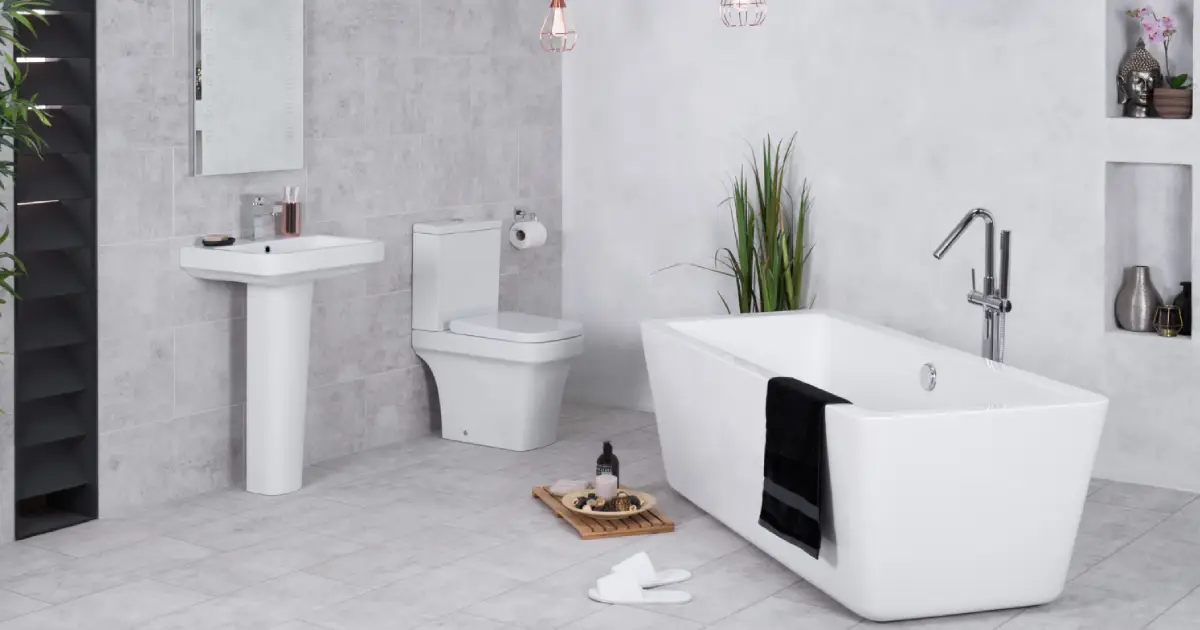
The Ultimate Guide to Getting Rid of Bathroom Odors
December 30, 2023
Admin
-
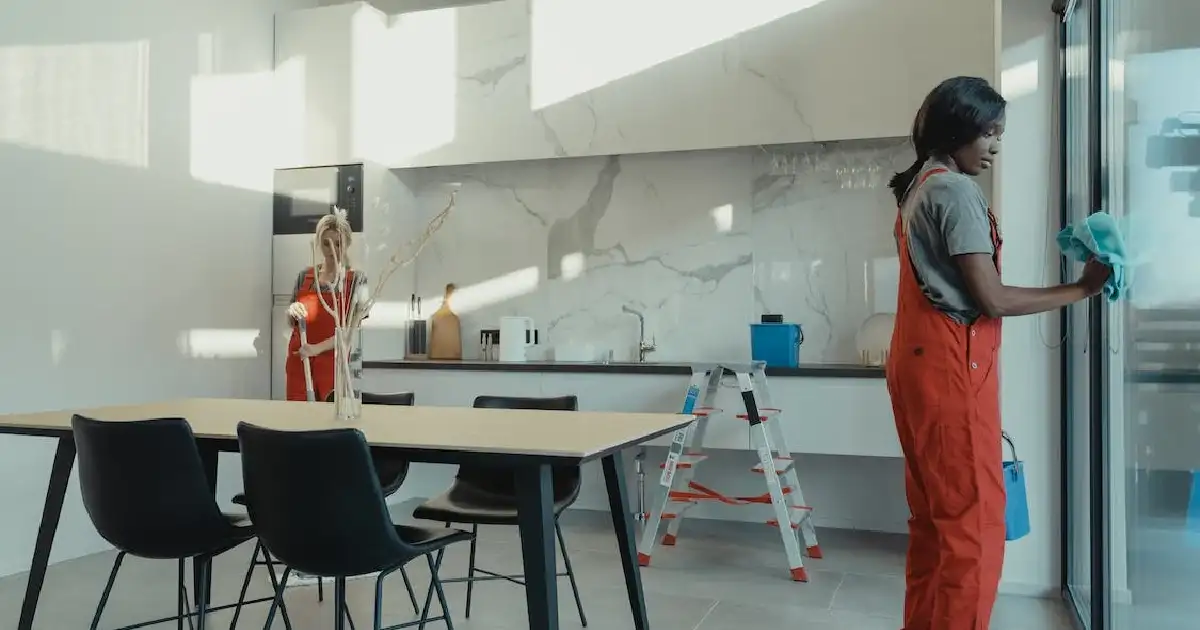
Renter's Guide to End-of-Lease Cleaning: Scrubbing Away Stress!
December 28, 2023
Admin
-
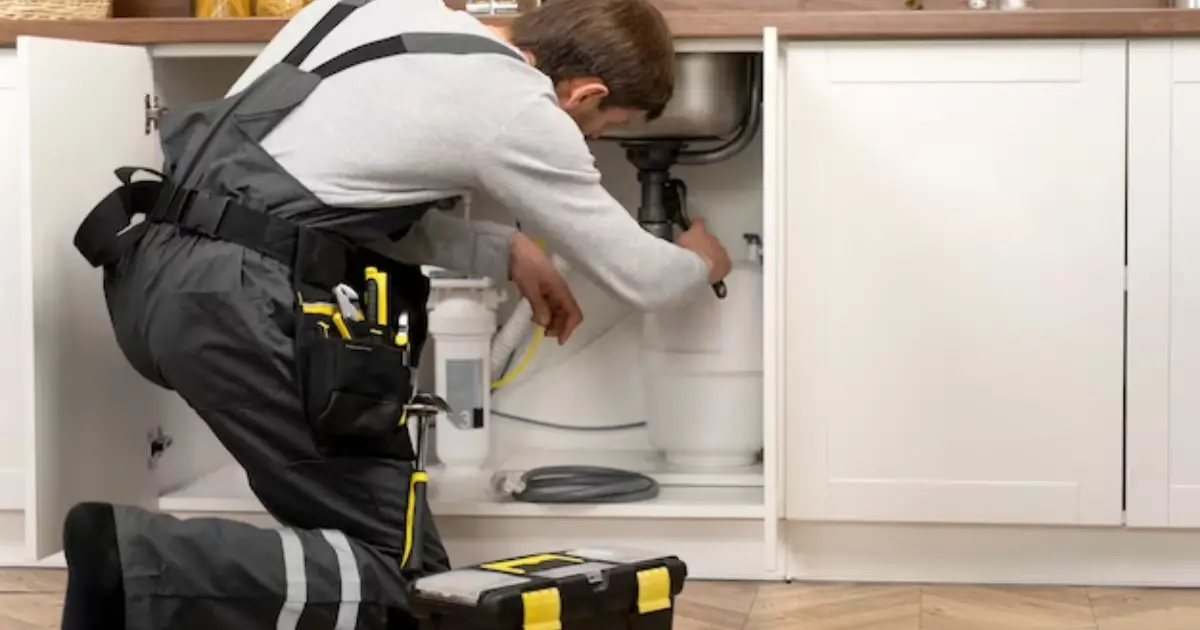
How to Eliminate Drain Flies
December 04, 2023
Admin
-

A Comprehensive Guide to Polishing Tiles
December 04, 2023
Admin
-
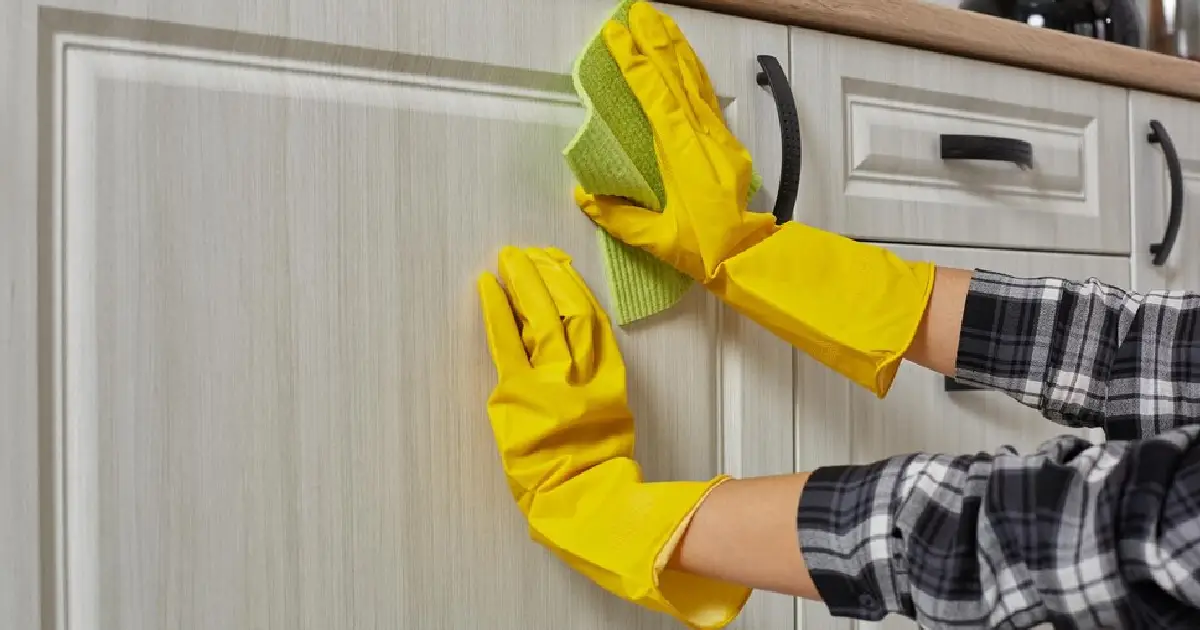
Why Do Your Cabinets Need More Attention Than You Think?
November 16, 2023
Admin
-
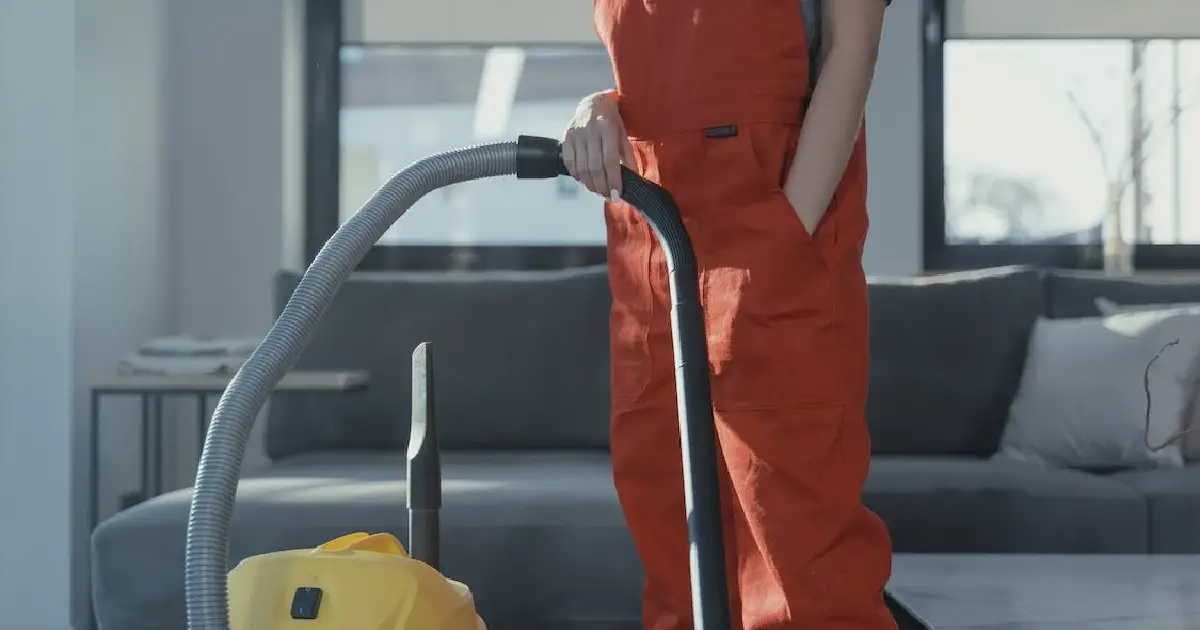
Are Upholstery Cleaners Worth It?
October 30, 2023
Admin
-
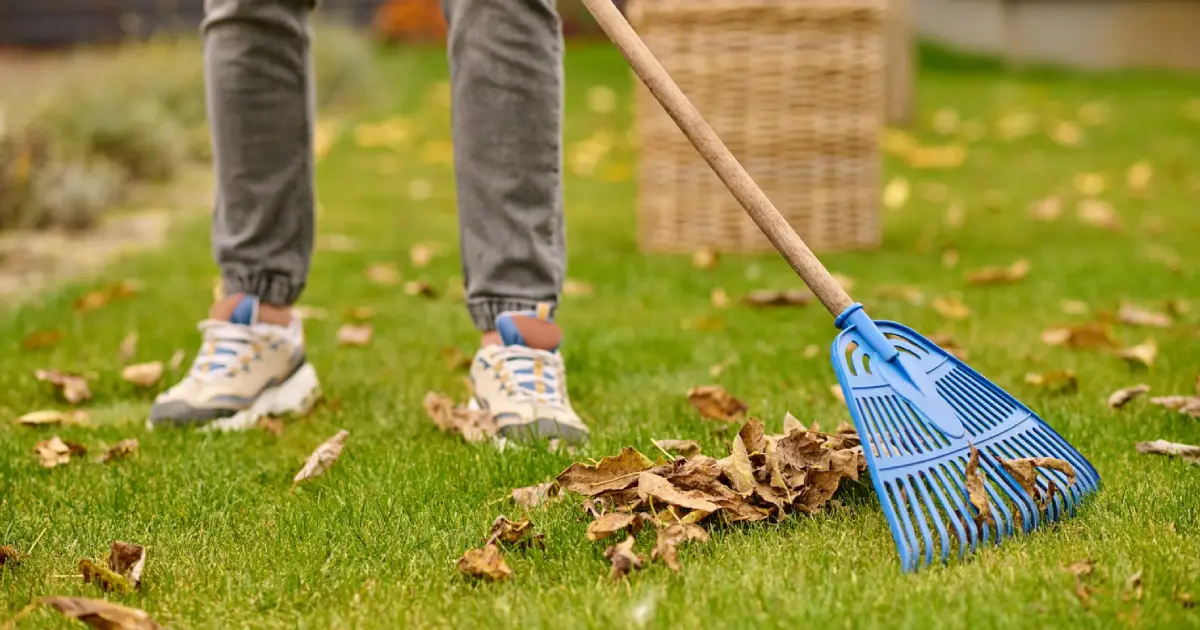
The Ultimate Winter Cleaning Checklist For Your Home
August 03, 2023
Admin
-
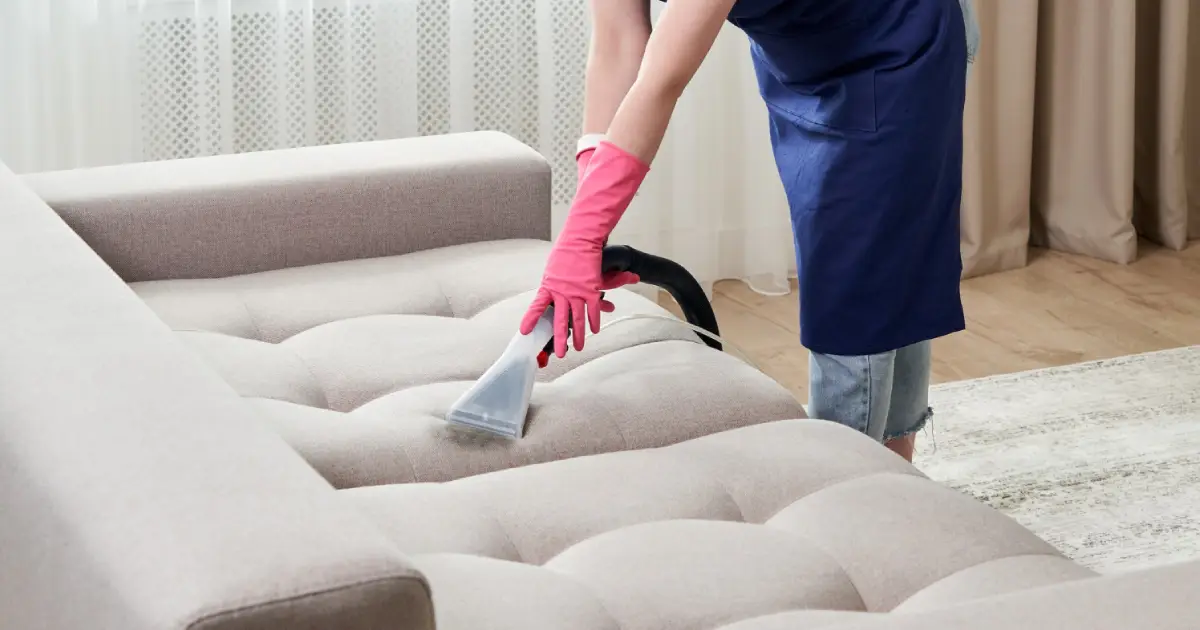
Winter Care: Effective Upholstery Cleaning
July 31, 2023
Admin
-

Ten Tips For Carrying Out Your Own Car Maintenance
March 24, 2023
Admin
-
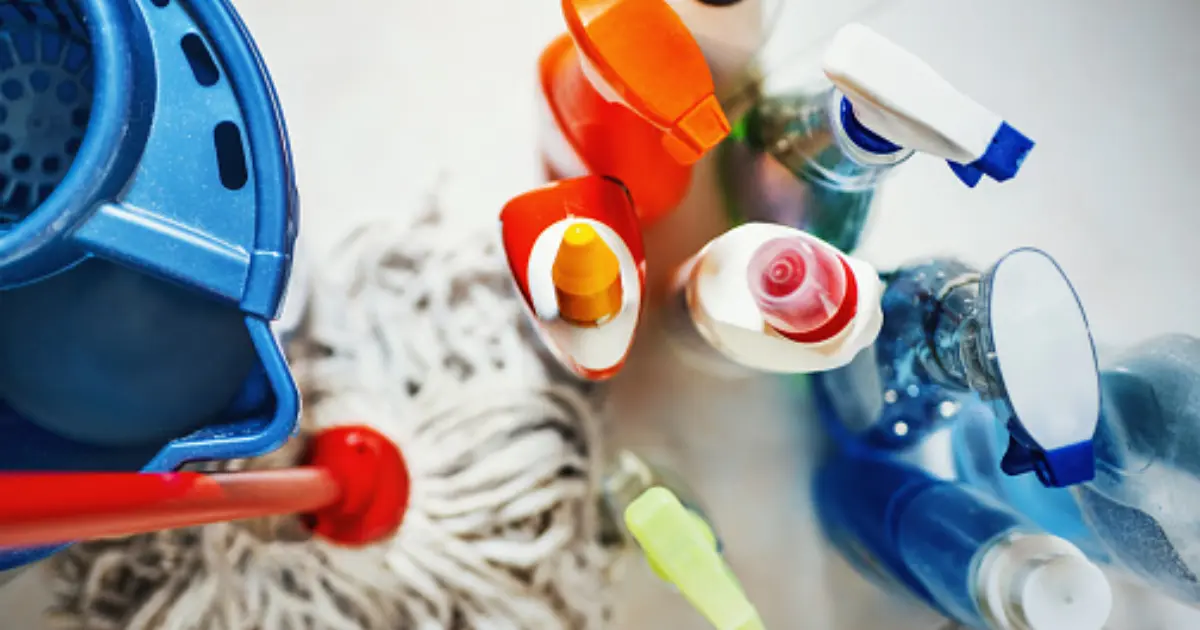
7 Tips for Cleaning Hard-to-Reach Areas in Your Home
March 02, 2023
Admin
-
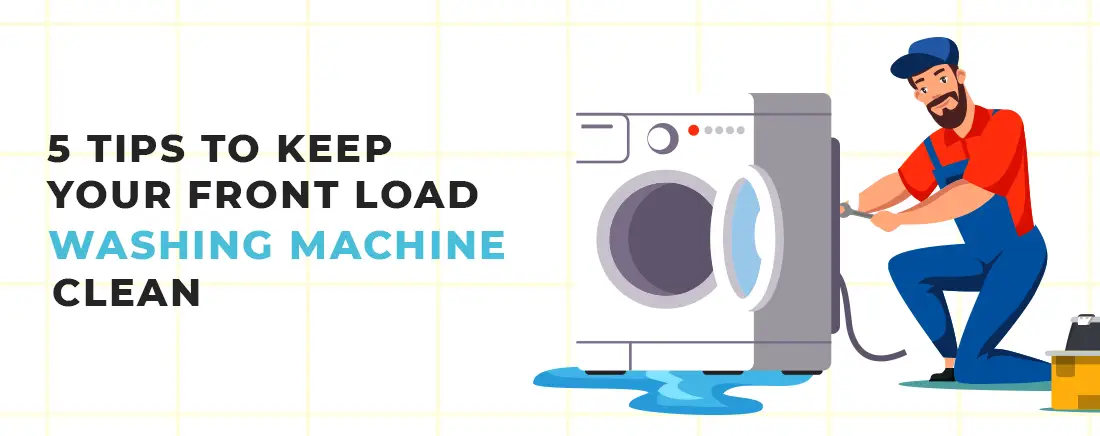
5 Tips To Keep Your Front Load Washing Machine Clean
May 31, 2022
Admin
-

5 Signs Of Pest Infestation In Your House
May 27, 2022
Admin


